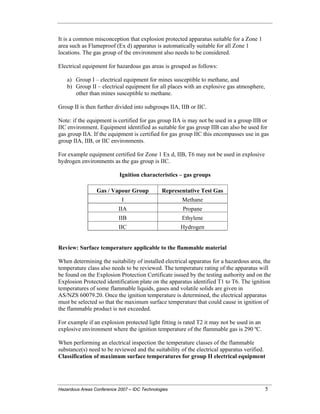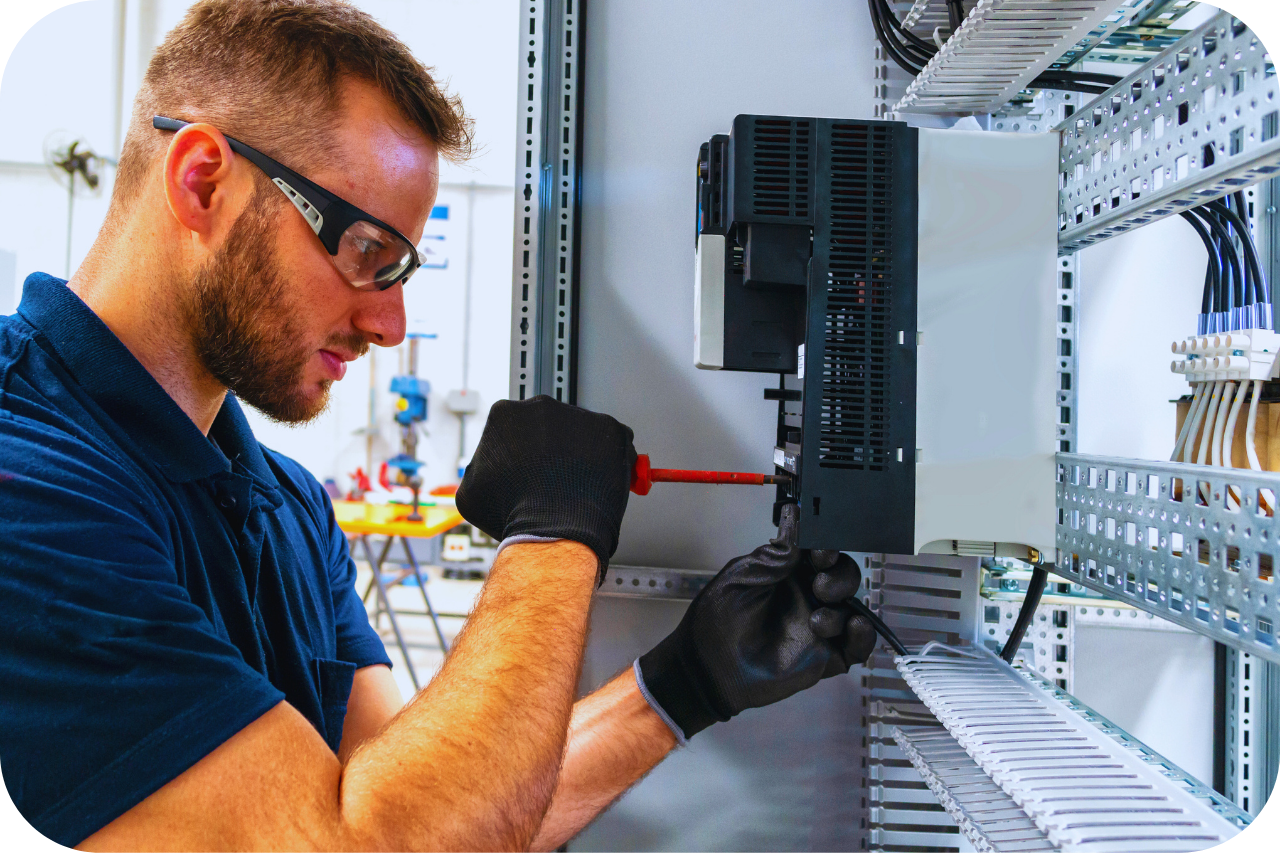The Only Guide for Roar Solutions
The Only Guide for Roar Solutions
Blog Article
The Definitive Guide for Roar Solutions
Table of ContentsFascination About Roar SolutionsRoar Solutions for DummiesThe 8-Minute Rule for Roar Solutions
In such an environment a fire or surge is feasible when three basic problems are met. This is usually referred to as the "dangerous location" or "burning" triangle. In order to shield installments from a prospective explosion a method of evaluating and identifying a potentially dangerous area is called for. The purpose of this is to make sure the appropriate option and installation of equipment to inevitably protect against a surge and to make sure security of life.
(https://moz.com/community/q/user/roarsolutions1)
No equipment ought to be set up where the surface temperature of the tools is better than the ignition temperature level of the offered danger. Below are some typical dust harmful and their minimum ignition temperature. Coal Dirt 380C 225C Polythene 420C (thaws) Methyl Cellulose 420C 320C Starch 460C 435C Flour 490C 340C Sugar 490C 460C Grain Dust 510C 300C Phenolic Resin 530C > 450C Aluminium 590C > 450C PVC 700C > 450C Residue 810C 570C The possibility of the risk existing in a focus high sufficient to cause an ignition will certainly differ from area to location.
In order to identify this risk a setup is separated right into areas of threat depending upon the quantity of time the unsafe exists. These locations are described as Areas. For gases and vapours and dirts and fibers there are 3 areas. Zone 0 Area 20 An unsafe environment is highly most likely to be existing and may exist for lengthy periods of time (> 1000 hours each year) or perhaps continually Zone 1 Zone 21 An unsafe environment is possible however not likely to be present for lengthy periods of time (> 10 450 C [842 F] A classification of T6 indicates the minimal ignition temperature is > 85 C [185 F] Dangerous location electrical equipment possibly developed for usage in higher ambient temperature levels. This would suggested on the ranking plate e.g. EExe II C T3 Ta + 60C( This suggests at 60C ambient T3 will certainly not be gone beyond) T1 T1, T2, T3, T4, T5, T6 T2 T2, T3, T4, T5, T6 T3 T3, T4, T5, T6 T4 T4, T5, T6 T5 T5, T6 T6 T6 A T Course ranking of T1 suggests the optimum surface area temperature level produced by the tool at 40 C is 450 C. Assuming the associated T Course and Temperature level rating for the tools are proper for the area, you can always utilize a tool with a more rigorous Department ranking than needed for the area. There isn't a clear answer to this question. It really does depend upon the kind of equipment and what repairs require to be executed. Equipment with specific test procedures that can't be done in the field in order to achieve/maintain 3rd party rating. Must come back to the factory if it is prior to the equipment's service. Area Fixing By Authorised Worker: Difficult screening might not be required however particular procedures may need to be followed in order for the devices to maintain its 3rd party rating. Authorized personnel should be utilized to execute the job properly Fixing have to be a like for like replacement. New element have to be considered as a straight replacement calling for no special testing of the devices after the repair work is full. Each tool with an unsafe rating need to be assessed independently. These are laid out at a high level below, but also for more comprehensive info, please refer directly to the guidelines.
Roar Solutions Can Be Fun For Anyone
The tools register is an extensive data source of tools records that includes a minimum set of fields to you can try here determine each item's location, technical parameters, Ex lover classification, age, and ecological information. The proportion of Detailed to Close evaluations will certainly be figured out by the Equipment Danger, which is evaluated based on ignition threat (the chance of a source of ignition versus the likelihood of a flammable atmosphere )and the dangerous location classification
( Zone 0, 1, or 2). Implementing a robust Risk-Based Evaluation( RBI )approach is critical for making certain conformity and safety in managing Electric Equipment in Hazardous Locations( EEHA).
Some Ideas on Roar Solutions You Need To Know

In regards to eruptive risk, an unsafe area is an environment in which an explosive environment exists (or may be expected to be existing) in amounts that call for unique safety measures for the building and construction, installation and use tools. hazardous area electrical course. In this short article we discover the difficulties faced in the workplace, the danger control actions, and the called for expertises to work safely
It is a repercussion of modern life that we manufacture, keep or manage a series of gases or fluids that are considered flammable, and an array of dirts that are regarded combustible. These substances can, in certain problems, create eruptive ambiences and these can have significant and awful consequences. A lot of us recognize with the fire triangle remove any among the three components and the fire can not take place, however what does this mean in the context of harmful areas? When breaking this down into its most basic terms it is essentially: a combination of a certain quantity of release or leak of a specific compound or product, blending with ambient oxygen, and the existence of a source of ignition.
In most circumstances, we can do little about the degrees of oxygen airborne, yet we can have significant influence on resources of ignition, for example electrical devices. Dangerous areas are recorded on the hazardous area classification illustration and are determined on-site by the triangular "EX" indicator. Here, amongst other key information, zones are divided into 3 types depending upon the hazard, the possibility and period that an eruptive atmosphere will exist; Zone 0 or 20 is deemed the most hazardous and Zone 2 or 22 is deemed the least.
Report this page